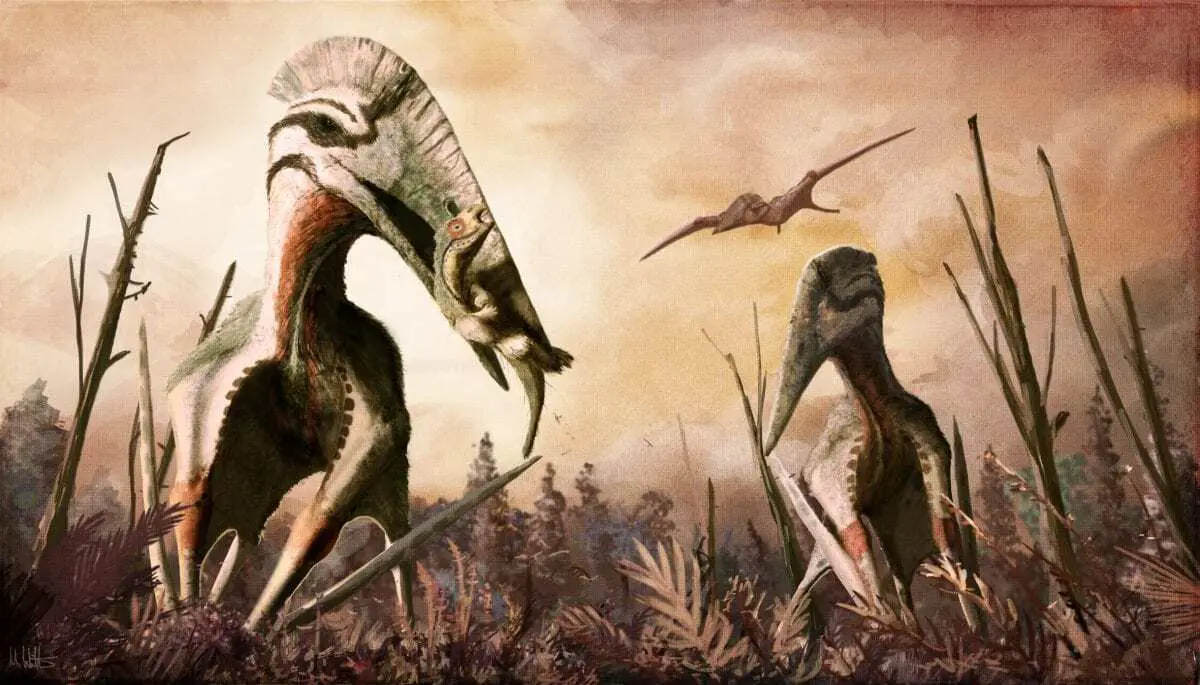A breakthrough discovery has found that pterodactyls, extinct flying reptiles also known as pterosaurs, had a remarkable ability – they could fly from birth.
This discovery’s importance is highlighted by the fact that no other living vertebrates today, or in the history of life as we know it, have been able to replicate this. This revelation has a profound impact on our understanding of how pterodactyls lived, which is critical to understanding how the dinosaur world worked as a whole.
Previously, pterodactyls were thought to only be able to take to the air once they had grown to almost full size, just like birds or bats. This assumption was based on fossilised embryos of the creatures found in China that had poorly developed wings.
However, Dr David Unwin, a University of Leicester palaeobiologist who specialises in the study of pterodactyls and Dr Charles Deeming, a University of Lincoln zoologist who researches avian and reptilian reproduction, were able to disprove this hypothesis. They compared these embryos with data on prenatal growth in birds and crocodiles, finding that they were still at an early stage of development and a long way from hatching. The discovery of more advanced embryos in China and Argentina that died just before they hatched provided the evidence that pterodactyls had the ability to fly from birth. Dr David Unwin said: “Theoretically what pterosaurs did, growing and flying, is impossible, but they didn’t know this, so they did it anyway.”
Another fundamental difference between baby pterodactyls, also known as flaplings, and baby birds or bats, is that they had no parental care and had to feed and look after themselves from birth. Their ability to fly gave them a lifesaving survival mechanism which they used to evade carnivorous dinosaurs. This ability also proved to be one of their biggest killers, as the demanding and dangerous process of flight led to many of them dying at a very early age.
The research has also challenged the current view that pterodactyls behaved in a similar way to birds and bats and has provided possible answers to some key questions surrounding these animals. Since flaplings were able to both fly and grow from birth, this provides a possible explanation as to why they were able to reach enormous wingspans, far larger than any historic or current species of bird or bat. How they were able to carry out this process will require further research, but it is a question that wouldn’t have been posed without these recent developments in our understanding.
Dr Deeming added: “Our technique shows that pterosaurs were different from birds and bats and so comparative anatomy can reveal novel developmental modes in extinct species.”
Header Image Credit :





